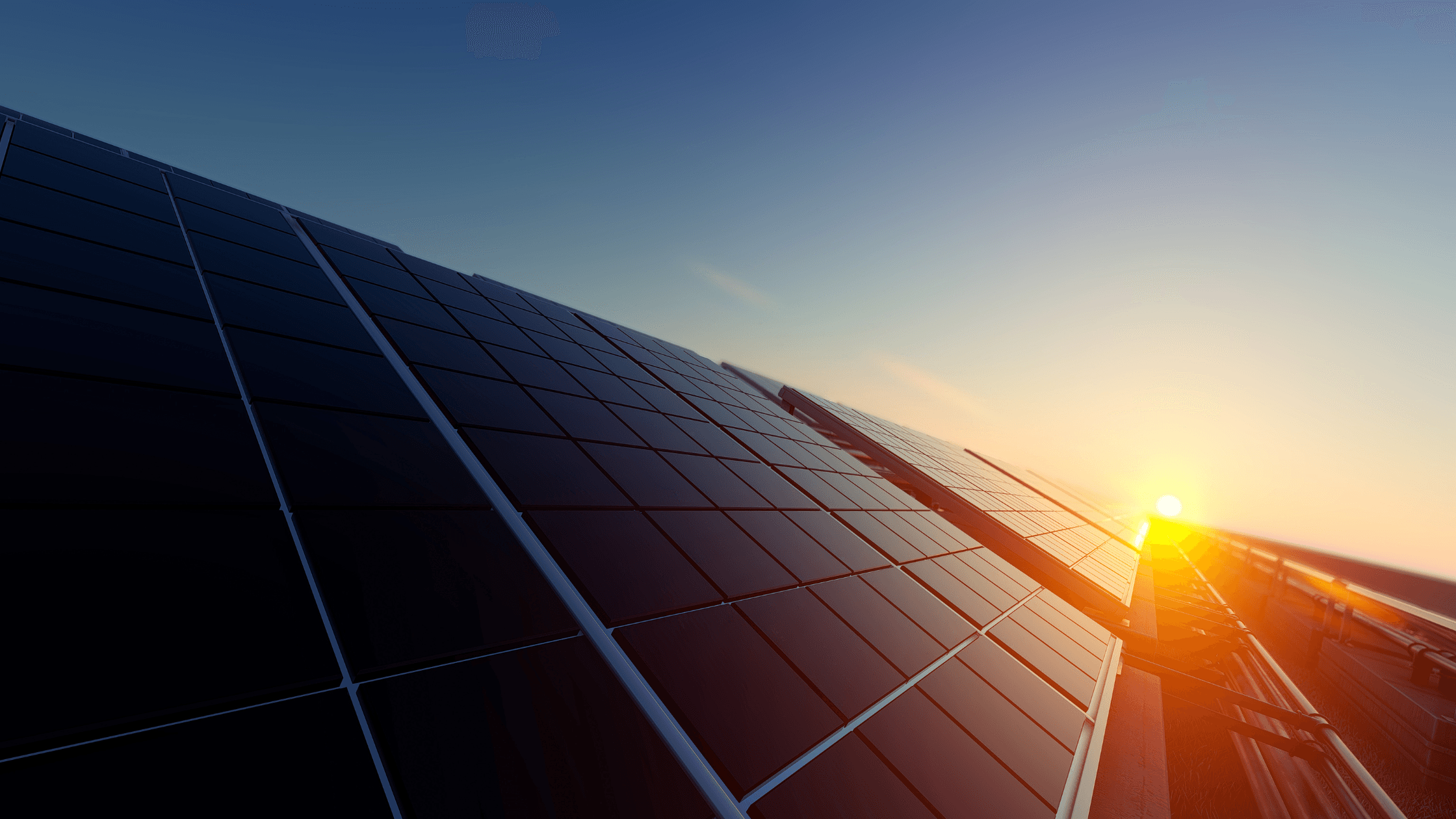Zonnepanelen zijn een slimme investering voor wie duurzaam wil leven en besparen op energiekosten. Maar wist je dat de keuze van de omvormer een aanzienlijke invloed kan hebben op de opbrengst van je zonnepanelen? In dit artikel duiken we in de wereld van micro-omvormers en ontdekken we of ze echt de opbrengst van je zonnepanelen kunnen verhogen, en wat de mogelijke meerprijs is.
De Standaardopstelling
Bij een traditionele zonnepaneelinstallatie worden alle panelen in serie geschakeld, in wat ze noemen een “string”. Deze panelen leveren hun gelijkstroomvermogen aan één centrale omvormer, die deze gelijkstroom omzet in wisselstroom die het elektriciteitsnet voedt. Dit betekent dat de stroom van het ene paneel door het volgende paneel stroomt en zo verder.
Hoewel dit een gangbare praktijk is, heeft het een belangrijk nadeel: als één paneel gedeeltelijk in de schaduw ligt, zal dit onmiddellijk het vermogen van de hele string verminderen.
Micro-omvormers als Alternatief
Micro-omvormers bieden een alternatief voor dit probleem. In deze configuratie heeft elk paneel zijn eigen omvormer die het gelijkstroomvermogen omzet in wisselstroom. Alle micro-omvormers zijn parallel geschakeld aan de wisselstroomkant en voeden het vermogen rechtstreeks in het elektriciteitsnet.
Het voordeel van micro-omvormers komt duidelijk naar voren wanneer sommige panelen regelmatig in de schaduw liggen. Deze omvormers zorgen ervoor dat de prestaties van elk paneel onafhankelijk zijn van de andere, waardoor schaduwproblemen tot een minimum worden beperkt.
Installateurs benadrukken echter dat een beetje schaduw tijdens de ochtend of avond de stroomopbrengst niet drastisch zal verminderen. Het is pas wanneer zonnepanelen gedurende langere tijd in de schaduw liggen dat het rendementsverlies duidelijk merkbaar wordt, en dit is waar micro-omvormers hun kracht tonen.
Situatieafhankelijk Kiezen
Het gebruik van micro-omvormers is echter niet zonder nadelen. De totale investeringskosten zijn hoger en er zijn meer apparaten in het systeem die potentieel defect kunnen raken. De keuze tussen een centrale omvormer en micro-omvormers hangt dus sterk af van je specifieke situatie.
Als al je zonnepanelen altijd volledig in de zon liggen en evenveel energie opwekken, is een centrale omvormer de logische keuze. Het is efficiënter en kosteneffectiever in dergelijke omstandigheden. Maar als schaduw een terugkerend probleem is, dan kunnen micro-omvormers een interessante optie zijn om het rendement van je zonnepanelen te optimaliseren.
Naast de schaduwfactoren moet je ook rekening houden met de elektriciteitsprijzen en de initiële investeringskosten. Micro-omvormers kunnen duurder zijn dan een centrale omvormer, dus het is belangrijk om de kosten en baten goed af te wegen voordat je een beslissing neemt.
Conclusie
Micro-omvormers kunnen in bepaalde situaties de opbrengst van je zonnepanelen aanzienlijk verhogen, vooral als schaduwproblemen een rol spelen. Ze zorgen ervoor dat elk paneel onafhankelijk van de anderen presteert, waardoor de negatieve effecten van schaduw geminimaliseerd worden.
Aan de andere kant, als je zonnepanelen altijd vol in de zon liggen en de investeringskosten een belangrijke factor zijn, kan een centrale omvormer de betere keuze zijn.
Het is essentieel om je eigen situatie en behoeften te evalueren en eventueel advies in te winnen bij professionals voordat je een definitieve keuze maakt. Zo kun je ervoor zorgen dat je zonnepanelen optimaal presteren en je investering op de lange termijn rendabel is, ongeacht of je kiest voor micro-omvormers of een centrale omvormer.






